What Is Wrong with My PCR?
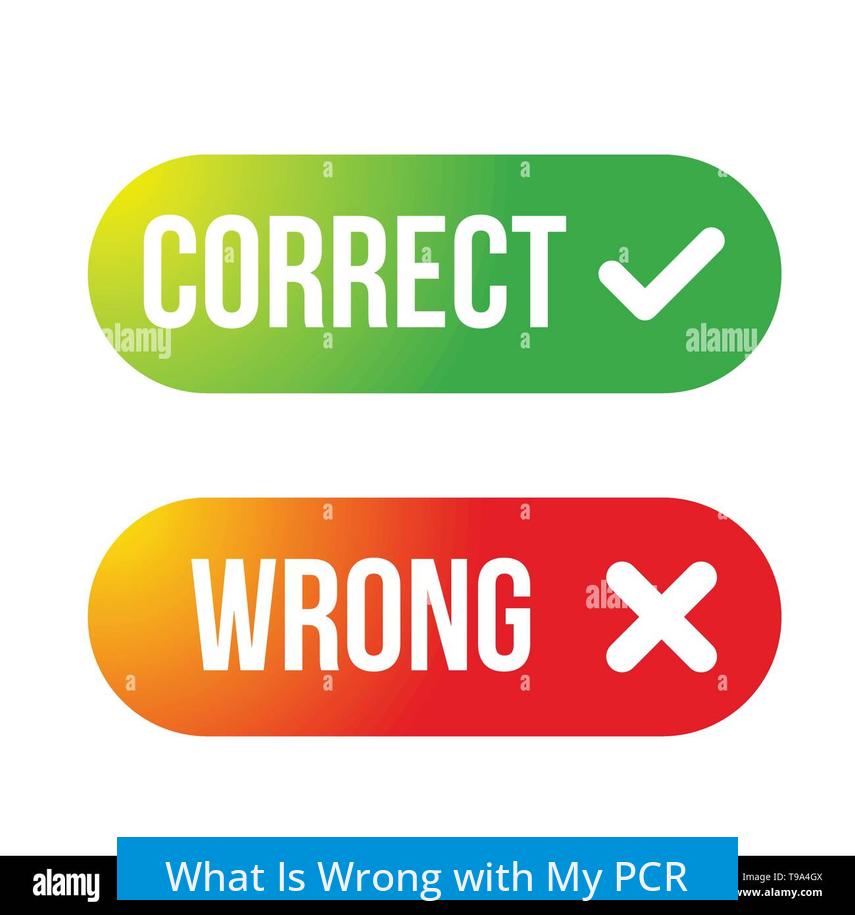
When PCR results are unclear or unexpected, several factors related to the procedure and reagents might be causing the problem. These include electrophoresis settings, buffer quality, annealing conditions, DNA template characteristics, primer design, additives in the reaction, and control samples. Diagnosing the issue requires examining each element carefully and adjusting protocols accordingly.
1. Voltage and Electrophoresis Conditions
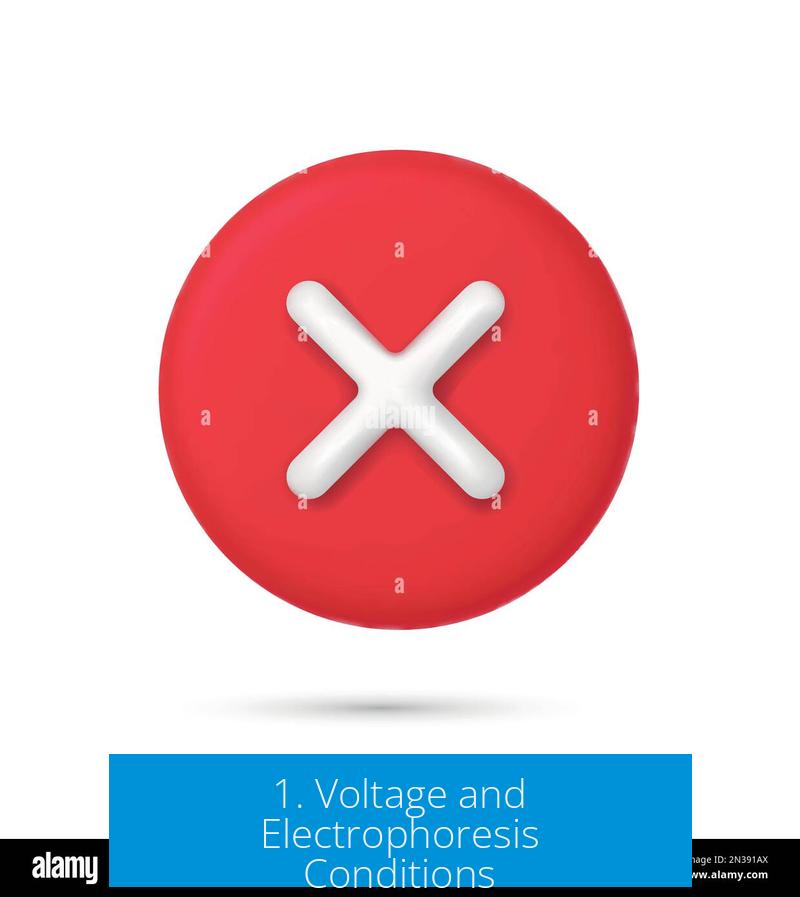
PCR product analysis often involves agarose gel electrophoresis, where voltage and run time directly impact band resolution.
- High voltage increases heat, which may distort bands, especially for fragments of similar size.
- Lower voltage improves separation by reducing gel temperature and minimizing band smearing.
- For 200 mL gel chambers, around 130V is recommended; for smaller volumes like 50 mL, 90V is better.
- Short runs at high voltage might suffice, but longer runs (e.g., 90 minutes) at 75–90V typically yield clearer bands.
Adjusting voltage and run time can enhance resolution. If bands appear smeared or indistinct, lowering voltage and extending electrophoresis duration is advisable.
2. Buffer Quality and Freshness
Buffer quality affects conductivity and gel stability.
- Old or reused electrophoresis buffers lose buffering capacity.
- Degraded buffers can cause band distortion or weak separation.
- Although a ladder appearing normal suggests buffer integrity, replacing old buffer might improve results.
Always prepare fresh 1X TAE or TBE buffer when running gels, especially if buffer age or storage conditions are uncertain.
3. Annealing Temperature and Time
Annealing temperature and duration in PCR cycles must balance specificity and yield.
- High annealing temperatures (around 60°C) increase stringency but may reduce efficiency if primers do not bind well.
- Lower annealing temperature by a few degrees if nonspecific amplification or weak bands occur.
- Extending annealing time (e.g., to 30 seconds) can improve enzyme activity and product yield.
- Primer melting temperature (Tm) guided designs help determine optimal annealing conditions.
Fine-tuning these parameters often resolves issues related to faint or multiple bands.
4. DNA Template Quantity and Quality
The concentration and purity of template DNA influence amplification quality.
- Excess DNA (e.g., 1 μL of high-concentration prep) may cause smears or large DNA chunks to appear.
- Reducing template to about 0.25 μL can decrease background smear and improve clarity.
- Checking DNA concentration prior to PCR is essential for appropriate input volume selection.
- Impure or degraded DNA introduces inhibitors and may reduce PCR efficiency.
Prepare high-quality DNA and optimize template amounts to improve band sharpness and specificity.
5. PCR Additives and Master Mix Composition
Master mixes usually contain optimized concentrations of MgCl2 and other components; adding extras may disrupt reaction balance.
- Avoid unnecessary additives such as glycerol or extra MgCl2 unless your target or primers require it.
- If results remain poor, titrate magnesium concentration to determine optimal levels.
- Adding low concentrations of DMSO (~3%) can help with difficult templates by reducing secondary structure formation.
Testing reactions with and without additives helps identify their impact on PCR success.
6. Primer Design and Quality
Primers dictate PCR specificity; poor design or degraded stocks cause failure or nonspecific products.
- Use trusted tools like NCBI’s Primer-BLAST to design primers with balanced Tm values and minimal secondary structures.
- Avoid multiplex PCR until each primer pair is validated in singleplex to ensure proper amplification.
- Primer degradation occurs over time; reordering primers can solve inexplicable failures.
Reassessing and testing primers individually is crucial before complex PCR setups.
7. Controls and Troubleshooting Strategy
Incorporating controls streamlines identification of where errors arise.
- Use positive DNA samples known to amplify well with your primers to benchmark PCR conditions.
- If no positive controls exist, consider synthetic standards such as gBlocks containing target sequences.
- Isolate whether issues stem from DNA extraction, PCR amplification, or gel electrophoresis.
Systematic troubleshooting helps pinpoint the cause of failure efficiently.
8. Sample Loading Considerations
Loading volume into gel wells affects band sharpness and ladder visibility.
- Overloading causes smearing or distorted bands.
- Reducing loaded volume to approximately 15 μL per well often improves resolution.
Balancing sample concentration and volume is essential for high-quality gel images.
9. General Troubleshooting Tips from Practice Insights
| Tip | Details |
|---|---|
| Genotyping Protocol Example | Digest with 50 mM NaOH at 95°C for 30 minutes, neutralize with Tris-HCl, use primers with 57–63°C Tm, 1 μL DNA, and standard Taq PCR reagents. |
| Gel Running Conditions | Use 2.5% agarose gels with 1X TAE buffer, run at 200 V for 20–30 min for clear separation. |
| Multiplex PCR | Validate primers individually before combining; multiplexing aids identification of WT, KO, and heterozygous samples. |
| DNA Ladder | Choose appropriate DNA ladders matched to expected PCR product sizes to assess band size accurately. |
Summary of Key Points
- Lower electrophoresis voltage and increase run time to improve band clarity.
- Use fresh buffer solution to maintain gel conductivity and quality.
- Adjust annealing temperature and duration to balance specificity and yield.
- Optimize template DNA quantity to avoid smearing and reduce impurities.
- Minimize PCR additives; titrate magnesium and consider DMSO in difficult cases.
- Design and validate primers carefully; replace degraded stocks.
- Include positive controls to detect issues at various steps.
- Load appropriate sample volumes into gel wells for defined bands.
- Follow standardized genotyping protocols and validated gel conditions for reliable results.
What is wrong with my PCR? Troubleshooting Your PCR Like a Pro (Without Losing Your Mind)
If you’re wondering, “What is wrong with my PCR?” — you’re not alone. PCR, or Polymerase Chain Reaction, can be tricky. Results can be messy, faint, smeared, or just plain confusing. But fear not! This post dives deep into common PCR pitfalls and straightforward fixes that can turn your frustrating blur into a crisp, clear band.
Let’s tackle this PCR puzzle piece by piece—no jargon, just practical advice with a sprinkle of humor.
1. Voltage and Electrophoresis Conditions: Don’t Shock Your Gel
Running an electrophoresis gel at too high a voltage is like trying to sprint a marathon — it burns out quickly and messes up the results. Using lower voltage, typically 130V for 200mL gel chambers, or 90V for smaller 50mL chambers, works best.
Why? Higher voltage heats the buffer too much. This heat warps your gel and blurs those precious DNA bands. A seasoned biologist suggests running gels at 90V for about 25 minutes for clear separation of wild type (WT), knockout (KO), and heterozygous (HET) bands.
Longer runs at lower voltage help DNA fragments settle nicely. Remember how college gel runs clocked 90 minutes at around 75V? There’s wisdom in tradition.
2. Buffer Quality and Freshness: Don’t Skimp on the Soup
Your electrophoresis buffer isn’t just water with a fancy name. Over time, its capacity to conduct electricity fades. Old buffer makes gels “shitty,” as bluntly put by a practical lab expert.
If your gel looks lackluster but ladders are fine, try fresh buffer. This simple swap could dramatically sharpen your bands.
3. Annealing Temperature and Time: Lower the Heat, Give it Time
Sometimes your annealing temperature might be too high. A 60°C setting is on the upper edge for many primers. Without primer sequences, it’s a guess, but trying a slightly lower temperature might enhance primer binding.
Also, give the enzyme more time to do its magic—raising annealing time to 30 seconds can support better binding and amplification without damaging good primers.
4. DNA Template Quantity and Quality: Less is More
Overloading your PCR with DNA sounds logical but often backfires with smeared bands and giant chunks stuck at the gel’s top.
If you’re using 1μL of high-quality DNA, that might be too much. Experts recommend reducing the template to 0.25 μL for a cleaner, sharper result.
Question your DNA concentration. Is it too dense or impure? These factors influence smear and band clarity.
5. PCR Additives and Master Mix: Don’t Overcomplicate Your Cocktail
It’s tempting to mix in additives like glycerol or extra MgCl2, but most master mixes come perfectly balanced.
Try running your PCR without extra additives first. If problems persist, consider carefully titrating magnesium or adding a small amount of DMSO (3%) or MgCl2 (2mM) to boost specificity or solve stubborn secondary structures.
6. Primer Design and Quality: Your PCR’s GPS
The success of your PCR leans heavily on primer design. Get this wrong, and the entire reaction feels like guesswork.
For reliable priming, design new primers using trusted tools like NCBI Primer-BLAST. Design for a Tm between 57-63°C and avoid crafting multiplex PCRs right off the bat.
Test primers individually before mixing. Guess what? Sometimes primers just degrade over time. If your stocks are old, consider ordering fresh ones.
7. Controls and Troubleshooting Strategy: Don’t Fly Blind
How do you know which part of your process is failing? Is it your DNA extraction? PCR setup? Or gel running? Without controls, you’re running blindfolded.
Use known positive samples as controls. If your lab lacks them, source commercial controls or create a synthetic DNA template (gBlock). These controls anchor troubleshooting and offer reassurance.
8. Sample Loading Considerations: Less Bulk, More Clarity
Loading too much PCR product on your gel is like overstuffing a suitcase — it squishes everything and makes it all look messy.
Try loading smaller volumes, around 15 μL, for neat, distinguishable bands.
9. General Troubleshooting Tips: Tried and True Lab Wisdom
Some labs swear on regular genotyping PCR conditions:
- Digestion in 50 mM NaOH at 95°C for 30 minutes
- Stopping with Tris-HCl buffer
- Primers with 19-24 nucleotides, Tm around 57-63°C
- Using 1 μL DNA template
- Running 2.5% agarose gels in 1X TAE buffer at 200V for 20-30 minutes
This approach routinely yields reliable results.
Some labs even multiplex up to 4 targets at once using one pair of primers each for wild type and mutants. Though complex, multiplex PCR is a productivity booster once you’ve nailed basics.
Lastly, ask yourself: Which DNA ladder are you using? Sometimes the ladder’s not suitable for your fragment size range, confusing band interpretations.
Wrapping Up: Your PCR Troubleshooting Roadmap
With PCR, pinpointing issues is like detective work. Think about each step:
- Electrical settings: moderate the voltage and time.
- Buffer freshness: always fresh buffer, please.
- Annealing: adjust temperature and time cautiously.
- DNA input: don’t overdo it; less can be more effective.
- Master mix: keep it simple; additives only when necessary.
- Primers: design well, test singly, and refresh as needed.
- Controls: always include proper positive controls for comparison.
- Loading: moderate sample volumes avoid messy gels.
- General lab wisdom: adapt proven protocols for your system.
Ready for clear, sharp results? The answer to “What is wrong with my PCR?” often lies in these humble details.
Whether you are a rookie or a seasoned biologist shaking the dust off old PCR tubes, a little patience and methodical tweaking go a long way. What’s your PCR glitch story? Tried any of these fixes? Share your experience and let’s crack the PCR mystery together!
Why do my PCR bands appear smeared or unclear?
Smeared bands often result from using too much DNA template. Try lowering the template volume to 0.25 µL if you use high concentration DNA. Also, high voltage during electrophoresis can cause buffer overheating, reducing band clarity.
How can I improve resolution of PCR products on the gel?
Run your gel at a lower voltage, such as 90V, for a longer time around 25-90 minutes. This increases DNA band separation and prevents heat buildup that blurs bands. Use fresh gel buffer for optimal results.
What should I check about my primers if PCR fails?
Verify primer design using reliable tools like NCBI Primer-BLAST. Test primers individually before multiplexing, and consider ordering new primers if your stocks may have degraded.
Could PCR additives be affecting my results?
Usually, the commercial master mix contains optimized components. Avoid extra additives like MgCl2 or glycerol unless necessary. If needed, titrate magnesium levels or add DMSO carefully to improve amplification.
How do I know if PCR failure is due to DNA quality or experimental setup?
Use a known positive DNA sample to test your PCR conditions. This helps determine if the issue is template quality, PCR setup, or gel electrophoresis. Including proper positive controls aids troubleshooting greatly.


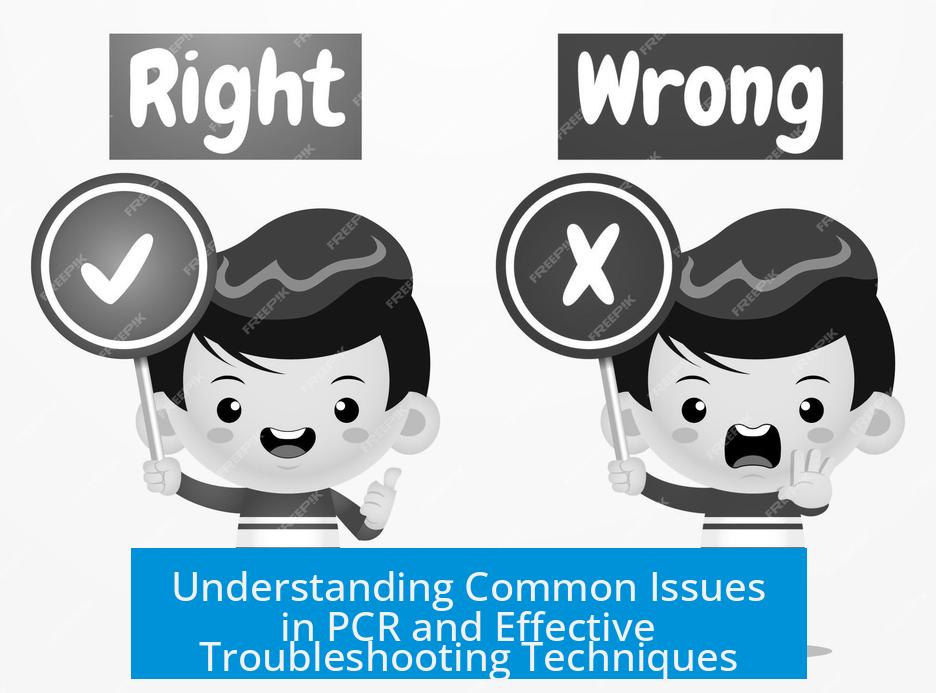
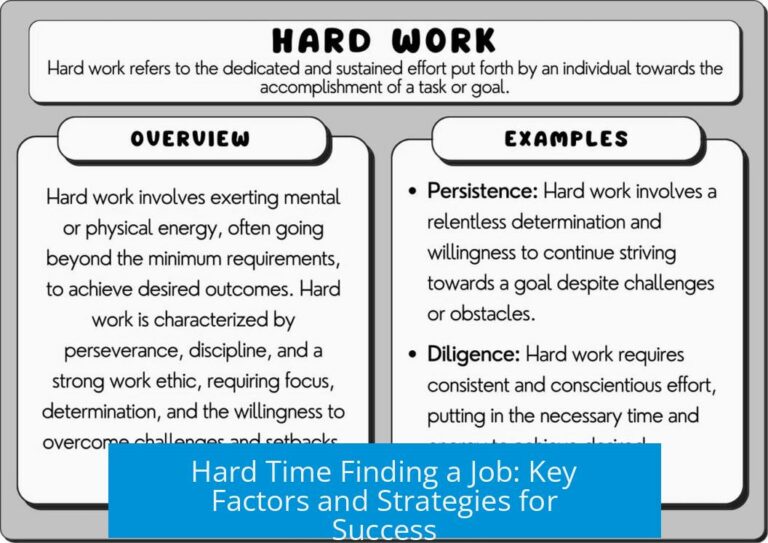
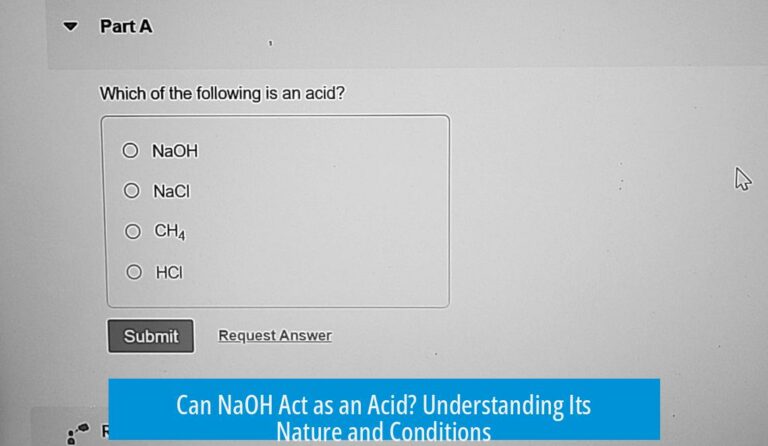
Leave a Comment